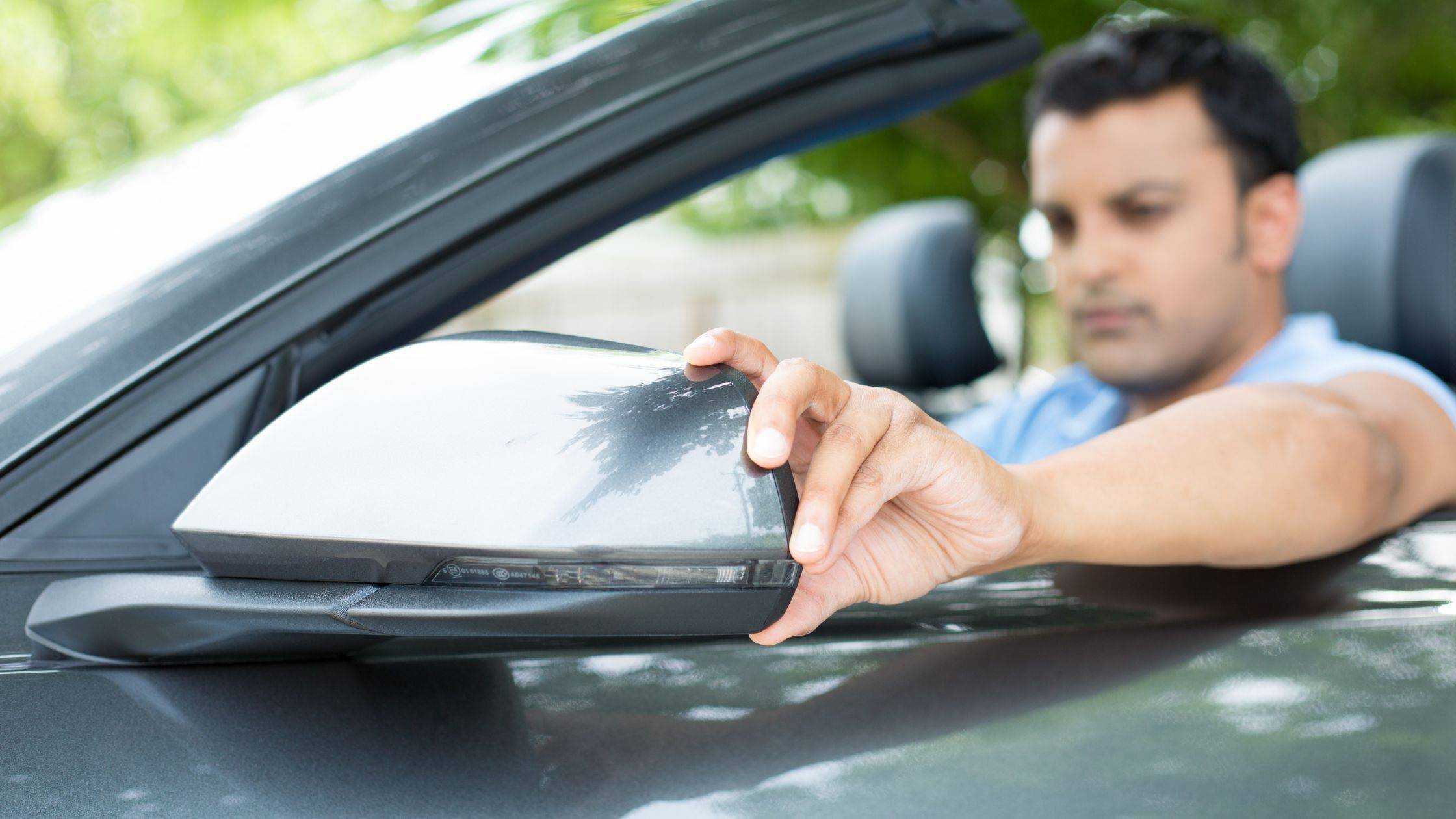
Unlocking the Secrets to Safe Lane Changes
As a driver, ensuring our safety on the road is paramount. One crucial skill that every driver should master is checking the blind spot. It’s that pesky area just outside our peripheral vision, where lurking dangers may be hiding. Today, I’m going to share some valuable tips on how to check your blind spot effectively, helping you navigate the roads with confidence. So buckle up and let’s dive right in!
1. Understand the Blind Spot
Before we delve into the techniques, let’s take a moment to understand what exactly the blind spot is. The blind spot refers to the area alongside your vehicle that cannot be seen in your rearview mirrors or through the windows. It exists in both the left and right sides of your vehicle and can vary in size depending on your car’s design.
2. Adjust Your Mirrors
One way to minimize the blind spot is by properly adjusting your mirrors. Follow these steps to optimize your mirror placement:
- Rearview Mirror: Position the mirror so that you have a clear view of the road behind you. It should frame the entire rear window without any obstructions.
- Side Mirrors: Angle the side mirrors outward, away from the car, to extend your field of vision. When seated in your normal driving position, you should see just a sliver of your vehicle’s sides.
By setting up your mirrors correctly, you can reduce the size of your blind spot and increase your awareness of surrounding vehicles.
3. Shoulder Check Technique
While mirrors are helpful, they don’t provide a complete view of the blind spot. That’s where the shoulder check technique comes into play. Follow these steps to perform a proper shoulder check:
- Signal your intention to change lanes or make a turn.
- Gradually turn your head and look over your shoulder in the direction you plan to move.
- Keep your eyes on the road ahead as you glance into the blind spot.
- Return your gaze to the front and smoothly execute the lane change or turn, if it’s safe to do so.
Remember, a quick shoulder check should always accompany mirror checks to ensure you have a comprehensive view of your surroundings.
4. Utilize Blind Spot Monitoring Systems
Modern technology has gifted us with some fantastic tools to aid in safe driving, and blind spot monitoring systems are one such innovation. These systems use sensors to detect vehicles in your blind spot and provide visual or auditory alerts. If your vehicle is equipped with this feature, make sure it’s activated and pay attention to the warnings it provides. However, never rely solely on these systems—always perform a physical shoulder check to confirm before changing lanes.
5. Stay Vigilant and Practice
Checking your blind spot during driving is a skill that gets better with practice. Here are a few additional tips to help you master this crucial skill:
- Stay Focused: Avoid distractions like smartphones or loud music that could divert your attention away from the road.
- Use Turn Signals: Signaling your intentions in advance gives other drivers time to react and helps them anticipate your next move.
- Mirror, Signal, and Maneuver: Make it a habit to follow this simple mantra before changing lanes or making a turn. Check your mirrors, signal your intention, and then proceed with caution.
Conclusion
Knowing how to check blind spot while driving is essential for any driver striving to stay safe on the road. By understanding the blind spot, adjusting your mirrors correctly, using the shoulder check technique, utilizing blind spot monitoring systems, and practicing vigilance, you’ll significantly reduce the chances of an accident while changing lanes or making turns. So remember, always stay alert, keep those mirrors in check, and shoulder check like a pro. Safe driving, everyone!
